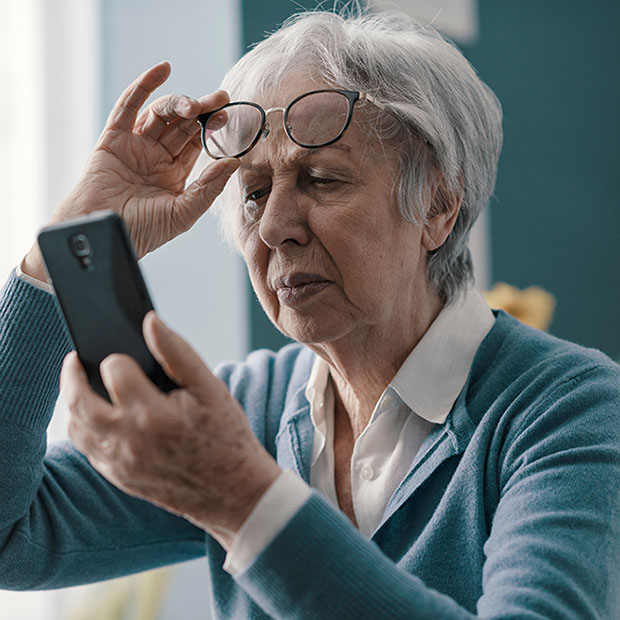Cataract Treatment Has Come a Long Way

Cataracts have been a major cause of blindness throughout history.
The journey from ancient remedies to contemporary treatments reflects a profound evolution in medical science. In the United States alone, over 20 million adults over 40 are affected by cataracts, with the likelihood of occurrence increasing with age.
Understanding Cataracts
A cataract develops when proteins in the eye’s lens, which is naturally clear, begin to clump together, creating opacity. This leads to various symptoms including light sensitivity, blurred or dimmed vision, glare and halos around lights, double vision in one eye, fading colors, poor night vision, and frequent changes in vision prescription, ultimately leading to potential blindness if untreated.
Historical Treatments for Cataracts
The earliest recorded attempts at cataract treatment date back to around 600 BC with a technique known as “couching.” This involved using a blunt instrument to dislodge the cloudy lens, a rudimentary method that was only slightly preferable to total blindness due to the resultant lack of focus. Over the centuries, this method saw little advancement until the 18th century.
In 1747, French surgeon Jacques Daviel made a significant breakthrough by successfully removing a cataract without displacing the lens entirely. This method, combined with the use of topical anesthesia, marked substantial progress in cataract surgery. However, it would be many more years before a method was developed to replace the clouded lens with a clear synthetic alternative.
Claude Monet: A Famous Case Study in Cataract Surgery
Claude Monet, the renowned French Impressionist, suffered from cataracts in his mid-fifties, which is evident from the increasing muddiness in his paintings during that period. Initially hesitant due to the poor outcomes of his contemporaries’ surgeries, Monet eventually opted for surgery in 1923 after his condition worsened. Even though he was a famously belligerent patient who didn’t want to follow his doctor’s orders during recovery, the surgery, paired with corrective glasses, markedly improved his vision, allowing him to return to his earlier style of painting.
Modern Advances in Cataract Surgery
Today, cataract surgery has become a routine procedure with an incredible success rate of approximately 99%. Modern techniques utilize advanced materials like silicone and plastics, allowing the clouded lens to be replaced with a clear, artificial one, often eliminating the need for glasses post-surgery. Annually, three million Americans undergo this procedure, with many achieving vision restoration to near-perfect levels.
The Reversibility of Cataract-Induced Blindness
Currently, cataract surgery is one of the most effective means to reverse vision loss caused by cataracts. If you’re experiencing any symptoms like those described, it’s crucial to seek an eye examination. With today’s medical advancements, living with vision loss from cataracts is largely preventable. Our practice is dedicated to ensuring your vision remains clear throughout your life, reflecting our commitment to leveraging the latest in eye care technology and treatment.